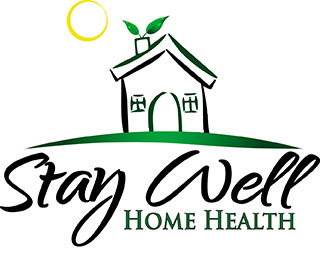Understanding UV Radiation and Practicing Sun Safety
Understanding UV Radiation and Practicing Sun Safety
As summer approaches and the sun shines brightly, it’s essential to raise awareness about the dangers of ultraviolet (UV) radiation and the importance of practicing sun safety. While sunlight provides us with vital vitamin D, overexposure to UV radiation can have harmful effects on our health. By understanding UV radiation and adopting sun safety measures, we can enjoy the outdoors while protecting our skin and overall well-being.
Understanding UV Radiation:
UV radiation is a type of electromagnetic radiation emitted by the sun. It is classified into three categories based on wavelength: UVA, UVB, and UVC. While UVC radiation is absorbed by the Earth’s atmosphere and doesn’t reach us, UVA and UVB rays can penetrate the skin and cause various health issues.
UVA Rays: UVA rays have a longer wavelength and can deeply penetrate the skin, leading to premature aging, wrinkles, and can contribute to skin cancer development.
UVB Rays: UVB rays have a shorter wavelength and are responsible for causing sunburns, skin damage, and are a significant contributor to skin cancer risk.
The Importance of Sun Safety:
Practicing sun safety is crucial to minimize the harmful effects of UV radiation on our skin and overall health. Here are some essential sun safety tips to follow:
- Use Sunscreen: Apply a broad-spectrum sunscreen with a Sun Protection Factor (SPF) of 30 or higher to all exposed skin, including face, neck, ears, and hands. Reapply every two hours, or more frequently if swimming or sweating.
- b. Seek Shade: Limit direct sun exposure, especially during the peak hours of 10 a.m. to 4 p.m., when UV rays are strongest. Take breaks in shaded areas or use umbrellas and wide-brimmed hats to provide additional protection.
- Wear Protective Clothing: Dress in lightweight, long-sleeved shirts, pants, and wide-brimmed hats to shield your skin from UV rays. Consider clothing with built-in UV protection, and don’t forget to wear UV-blocking sunglasses to protect your eyes.
- Avoid Tanning Beds: Tanning beds emit concentrated UV radiation and should be avoided. They increase the risk of skin cancer and accelerate skin aging.
Other Considerations:
- Stay Hydrated: While focusing on protecting your skin, don’t forget to stay hydrated by drinking plenty of water, especially during hot and sunny days.
- Check UV Index: Monitor the UV index in your area, which provides information about the strength of UV radiation. Adjust your outdoor activities accordingly, with higher precautions on days when the index is high.
- Perform Skin Self-Exams: Regularly examine your skin for any changes, such as new moles, growths, or lesions. If you notice any concerning developments, consult a dermatologist promptly.
UV radiation can have detrimental effects on our skin and overall health if we don’t practice sun safety. By understanding the different types of UV rays and adopting preventive measures, such as using sunscreen, seeking shade, and wearing protective clothing, we can minimize the risk of sunburns, premature aging, and skin cancer. Prioritizing sun safety allows us to enjoy the outdoors while safeguarding our well-being. So, let’s embrace the sun responsibly and make sun protection an integral part of our daily routine.
